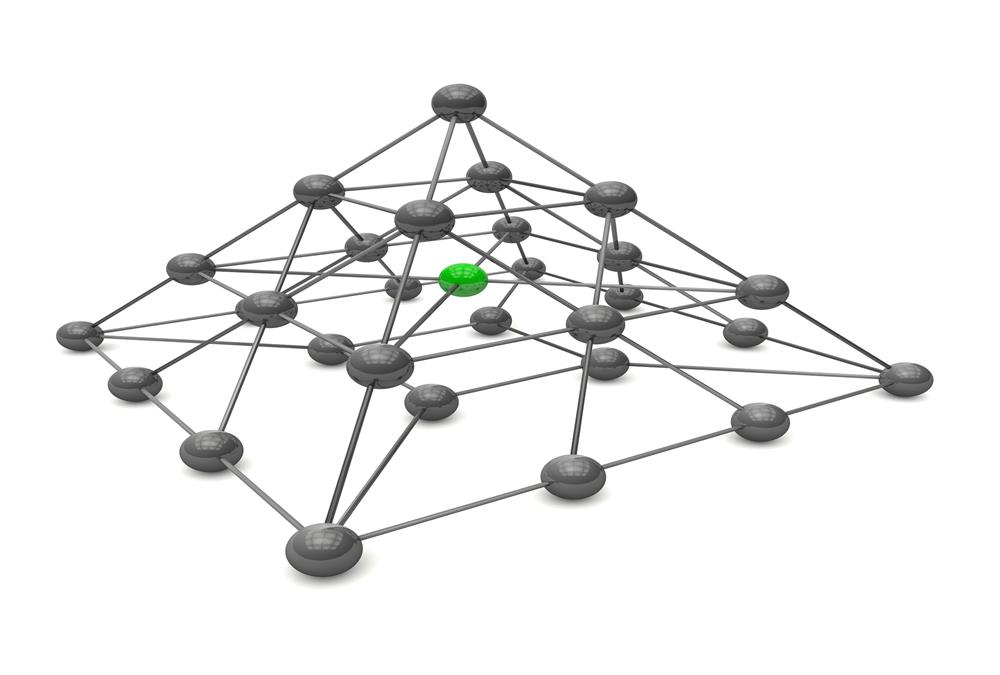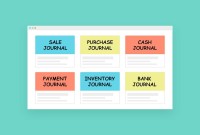- Home
- Business Processes
- Industry Knowledge
- Aerospace Industry
- Automotive Industry
- Banking Domain
- BFSI Industry
- Consumer/ FMCG Industry
- Chemicals Industry
- Engineering & Construction
- Energy Industry
- Education Domain
- Finance Domain
- Hospitality Domain
- Healthcare Industry
- Insurance Domain
- Retail Industry
- Travel and Tourism Domain
- Telecom Industry
- Leadership Skills
- eLearning
- Home
- Functional
- General Ledger (Record to Report)
- Network Organizational Structures
Network Organizational Structures
The newest, and most divergent, team structure is commonly known as a Network Structure (also called "lean" structure) has central, core functions that operate the strategic business. It outsources or subcontracts non-core functions. When an organization needs to control other organizations or agencies whose participation is essential to the success, a network structure is organized.
The newest, and most divergent, team structure is commonly known as a Network Structure (also called "lean" structure) has central, core functions that operate the strategic business. It outsources or subcontracts non-core functions. When an organization needs to control other organizations or agencies whose participation is essential to the success, a network structure is organized. In this, the main organization creates a network of relevant agencies and it influences in different ways.
A network structure has little bureaucracy and features decentralized decision making. This structure is very flexible, and it can adapt to new market challenges almost immediately. Flexibility is one of the main reasons why firms pursue network organizational structure in the first place. This allows them to change its production techniques, quantity, products’ designs or stop the production completely without facing any major problems.
Such an organization works like an advanced computer network where many autonomous organizational units interact with each other and the external world to deliver outcomes. Goals and strategy is set by central management but there involvement is limited to building on the capabilities of network units and monitoring progress. Network structure is widely used in non-business organizations which have sociopolitical objectives.
For instance, the National Industrial Development Corporation assigned with the task of rapid industrial development in the country may resort to a network structure in their objective to build an industrial estate. They will act as the lead agency and involve the various other agencies like Electricity Boards, Municipal Authorities, Land Development Authorities, Authorities for Water & Sewage Control, Department for communication facilities etc. They will also need to establish a network with people who would ultimately be using the industrial estate. It would also use the services of an advertising agency to promote the industrial estate and attract maximum number of entrepreneurs. For the construction of sheds and factories they may have to utilize the services of private construction agencies. Thus, a network structure envisages the utilization of a number of different services offered by different agencies. There is need to coordinate the different inputs and synchronize them towards the ultimate objective.
A network structure is meant to promote communication and the free flow of information between different parts of the organization as needed. Managers coordinate and control relations both internal and external to the firm. A social structure of interactions is fostered to build and manage formal and informal relationships. The goal of this structure is to achieve rapid organizational evolution and adaptation to constantly changing external and internal environments. But there's an almost inevitable loss of control due to its dependence on third parties, and all the potential problems that come from managing outsourced or subcontracted teams.
An organization that has been using network structure is H&M (Hennes & Mauritz), a very popular brand that has followers world over. H&M has outsourced the production and processing of their goods to different countries majorly Asian and South East Asian countries. H&M is the core company in its case. As it can be seen, the core company distributes its functions to different companies which, in this case, are present in different countries: product development company in Australia, Call center company in New Zealand, the Accounting company in Australia, Distribution company in Singapore and Manufacturing company in Malaysia.
Related Links
You May Also Like
-
Horizontal or Flat Organizational Structures
Flat organizational structure is an organizational model with relatively few or no levels of middle management between the executives and the frontline employees. Its goal is to have as little hierarchy as possible between management and staff level employees. In a flat organizational structure, employees have increased involvement in the decision-making process.
-
Multitude of these legal and operational structures clubbed with accounting and reporting needs give rise to many reporting dimensions at which the organization may want to track or report its operational metrics and financial results. This is where business dimensions play a vital role.
-
Generally Accepted Accounting Principles define the accounting procedures, and understanding them is essential to producing accurate and meaningful records. In this article we emphasize on accounting principles and concepts so that the learner can understand the “why” of accounting which will help you gain an understanding of the full significance of accounting.
-
The sole trader organization (also called proprietorship) is the oldest form of organization and the most common form of organization for small businesses even today. In a proprietorship the enterprise is owned and controlled only by one person. This form is one of the most popular forms because of the advantages it offers. It is the simplest and easiest to form.
-
In every journal entry that is recorded, the debits and credits must be equal to ensure that the accounting equation is matched. In this article, we will focus on how to analyze and recorded transactional accounting information by applying the rule of credit and debit. We will also focus on some efficient methods of recording and analyzing transactions.
-
GL - Different Type of Journals
Two basic types of journals exist: general and special. In this article, the learner will understand the meaning of journalizing and the steps required to create a journal entry. This article will also discuss the types of journals and will help you understand general journals & special journals. In the end, we will explain the impact of automated ERPs on the Journalizing Process.
-
Hierarchical Organization Structures
Hierarchical structure is typical for larger businesses and organizations. It relies on having different levels of authority with a chain of command connecting multiple management levels within the organization. The decision-making process is typically formal and flows from the top down.
-
Internally, an organization can be structured in many different ways, depending on their objectives. The internal structure of an organization will determine the modes in which it operates and performs. Organizational structure allows the expressed allocation of responsibilities for different functions and processes to different entities such as the branch, department, workgroup and individual.
-
After reading this article the learner should be able to understand the meaning of intercompany and different types of intercompany transactions that can occur. Understand why intercompany transactions are addressed when preparing consolidated financial statements, differentiate between upstream and downstream intercompany transactions, and understand the concept of intercompany reconciliations.
-
Accrued expenses, sometimes referred to as accrued liabilities, are expenses that have been incurred but have not been recorded in the accounts. Discuss the need to record accrued liabilities and why they require an adjustment entry. Understand the treatment for these entries once the accounting period is closed and learn to differentiate when the commitments become liabilities.
Explore Our Free Training Articles or
Sign Up to Start With Our eLearning Courses

About Us
Learning
© 2023 TechnoFunc, All Rights Reserved











